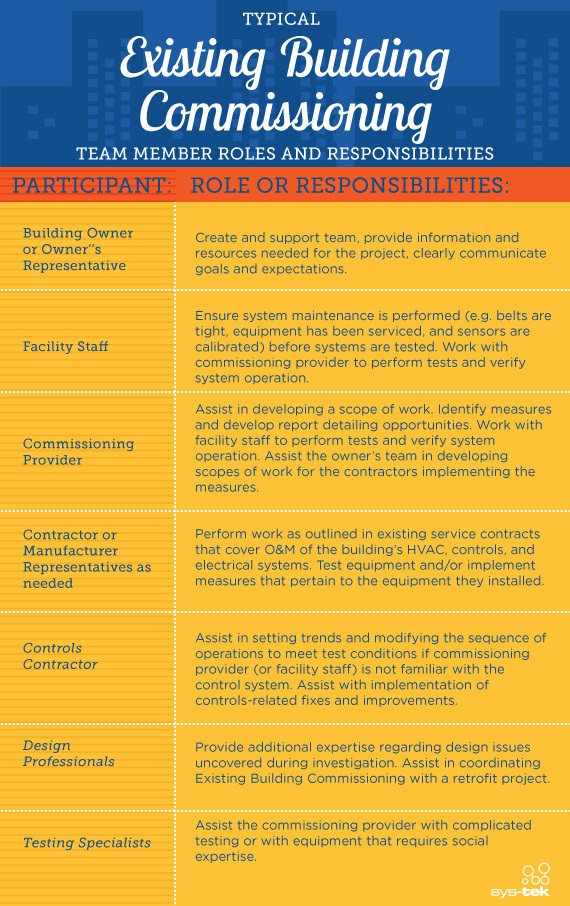Energy-Star certification ramps up in Twin Cities
Jan 07, 2014
Energy Star-certified properties have more than doubled over the last three years in Minneapolis-St. Paul, claims a Great Plains Institute report published in October 2013. The lion’s share of the certifications in the area are represented by three categories: office buildings (35 percent of certifications), K-12 schools (28 percent) and retail stores (24 percent).
To qualify for Energy Star status, structures must reach specific efficiency levels based on a plethora of factors. Location, building age, operational hours and type of energy used (gas versus electric, etc.) are all considered when making the assessment. An objective score is assigned to a building based on these criteria and a mark of 75 or greater out of 100 is necessary to qualify.
The state of Minnesota holds a total of 561 Energy Star recipients, up from 261 in 2009. Larger buildings achieved Energy Star status more commonly than their smaller counterparts, as structures of more than 100,000 in square feet made up 290 recipients on the list.
Individual retailers with the most qualified locations include Target with 47, Supervalu with 29, Kohl’s with 26 and Goodwill/Easter Seals with 19.
According to one of the report’s authors, Trevor Drake, buildings surprisingly tend to become increasingly efficient even after they reach certification levels. The most highly-rated buildings (those of scores over 90) have been on the Energy Star list for more than five years.
Counterintuitively, it also seems that older buildings are not necessarily harder to recommission and bring up to Energy Star status. With the oldest qualifying building built in 1860, qualification doesn’t appear to be limited to only new-age architecture. Most of the Energy Star buildings were constructed during the 1990s, with the second-largest subset built in the ‘80s. According to Laura Millberg, green building specialist with the Minnesota Pollution Control Agency, newer buildings tend to have elevated ceilings, bigger windows, and more open spaces, equating to inflated energy bills.
Even for those buildings that shoot for Energy Star status but don’t make the cut, Drake believes there are still benefits. Measuring and entering a building’s data alone grants stakeholders the chance to see where the structure lies on the Energy Star continuum, he says. Even without achieving the coveted score of 75, such evaluation can help precipitate benchmarks and plans for future savings – both for the earth and the pocketbook.








